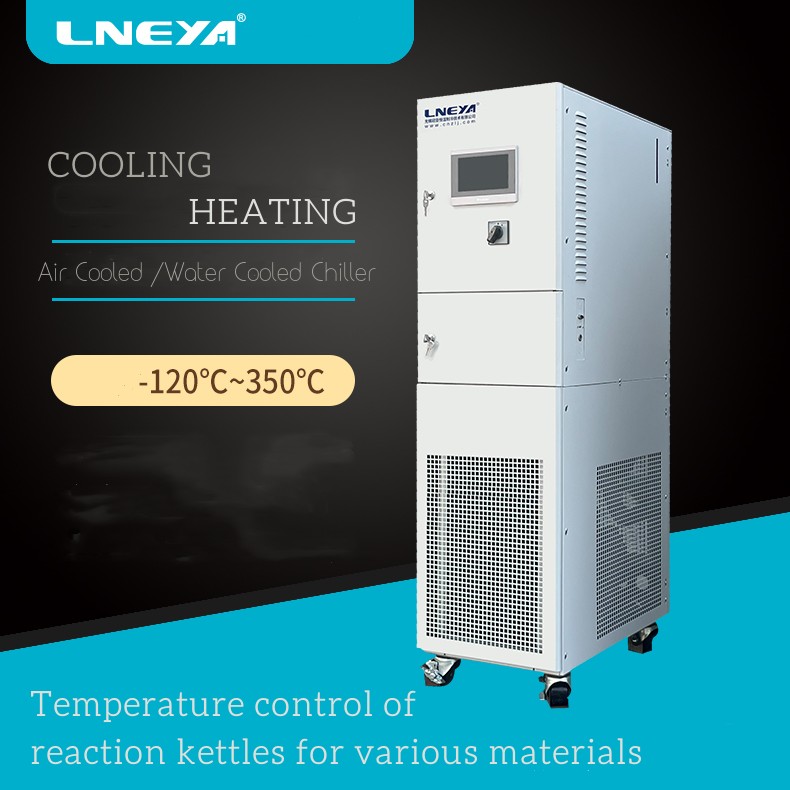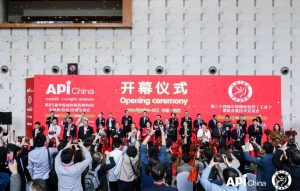What should I do if there is noise from industrial cooling and heating chillers?

The industrial cooling and heating temperature control equipment adopts a PID algorithm temperature control system to accurately adjust the temperature based on the detected temperature and the set temperature value, improving the drawbacks of traditional manual control of the reaction kettle.
1. The industrial cooling and heating temperature control equipment, the chiller circulating pump, converts electrical energy into mechanical energy to promote the liquid phase circulation of the heat transfer oil, and transfers heat to the reaction kettle. The heat transfer oil exchanges with the materials in the reaction kettle and then returns to the oil heater, where it is heated again under the pressure of the pump and enters the next cycle. Through repeated cycles, heat is transferred and transported, heated and cooled, or the temperature of the reactor is maintained to meet the temperature requirements required by the production process.
2. When high noise occurs during the operation of the industrial cooling and heating temperature control equipment, the chiller needs to be inspected and promptly addressed if any problems are found. The internal components of the industrial grade cold and hot temperature control thermostat are excessively worn, such as the wear and tear of the cylinder body and valve plate of the plunger pump, as well as the wear and tear of the matching parts between the plunger and the plug hole, causing serious internal leakage in the pump. When the pump outputs high-pressure and low flow oil, flow pulsation will occur, causing high noise.
3. The pump valve plate is also one of the important components that can easily cause noise. Industrial cooling, heating, and temperature control equipment. During use, the water chiller may shorten the unloading groove and change the unloading position due to surface wear or oil sludge deposition at the opening of the unloading groove, resulting in oil trapping and higher noise.
4. When air is mixed into the cold water oil of industrial cooling and heating temperature control equipment, it is easy to form cavitation phenomenon in its high-pressure zone, which spreads in the form of pressure waves, causing oil oscillation and causing cavitation noise in the system.
Verwandte Empfehlungen
-
API exhibition LNEYA is brilliant
1199On October 14, 2020, the 85th China International Pharmaceutical Raw Materials/Intermediates/Packaging/Equipment Fair (API China for short) was grandly opened at Nanjing International Expo Center. The exhibition site was bustling and popular. LNEY...
Details anzeigen -
What type of chiller is needed for low-temperature etching?
917The low-temperature etching process usually requires extremely high precision temperature control and strong cooling ability to maintain stable operation of the etching equipment at extremely low temperatures, in order to achieve finer etchi...
Details anzeigen -
Way to Check Problems of the Lubricating Oil System of the Screw Chiller Factory
959Everyone pays more attention to the refrigerant circulation system and the chilled water circulation system of the screw chiller factory operation system. However, lubricating system is often neglected by everyone. In fact, this system of cold wat...
Details anzeigen -
How to Carry On Industrial Low Temperature Chillerstest Of Choosing The Better Company?
1047No matter what chillers are used, we need to constantly learn about the relevant knowledge of the industrial-low temperature chillers. Which company's low - temperature chiller is better? Let me tell you, in order to help you to use the industrial...
Details anzeigen
 LNEYA Industriekühler Hersteller Lieferant
LNEYA Industriekühler Hersteller Lieferant











